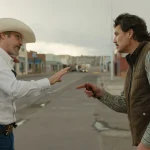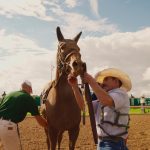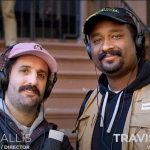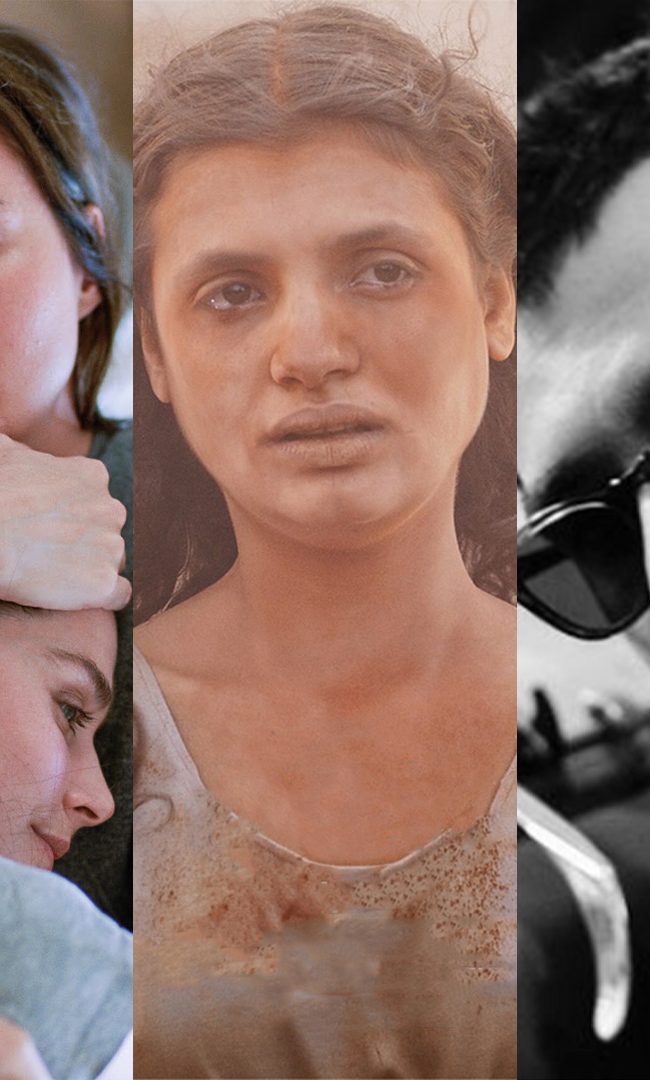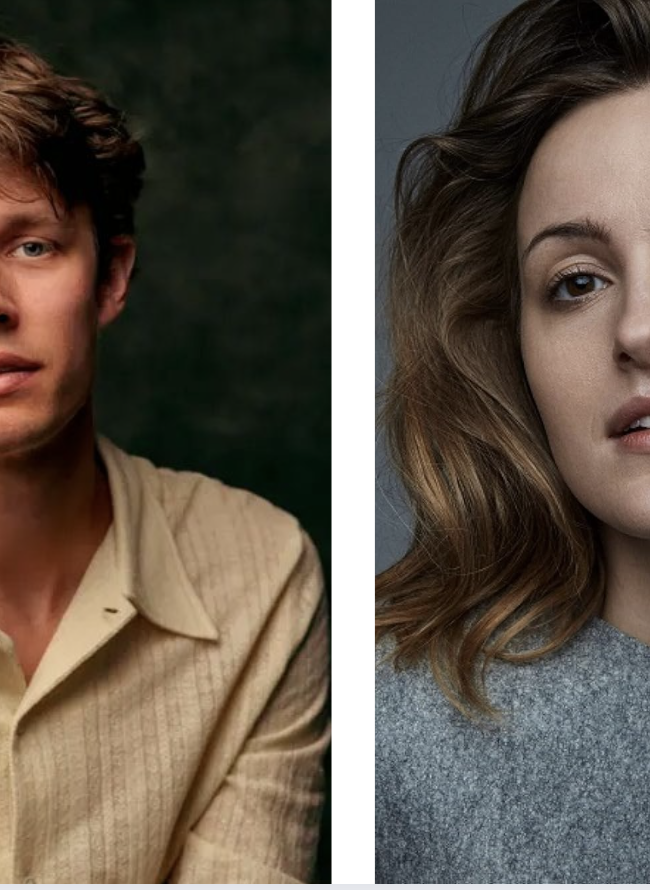A Conversation with Lola Quivoron (RODEO)
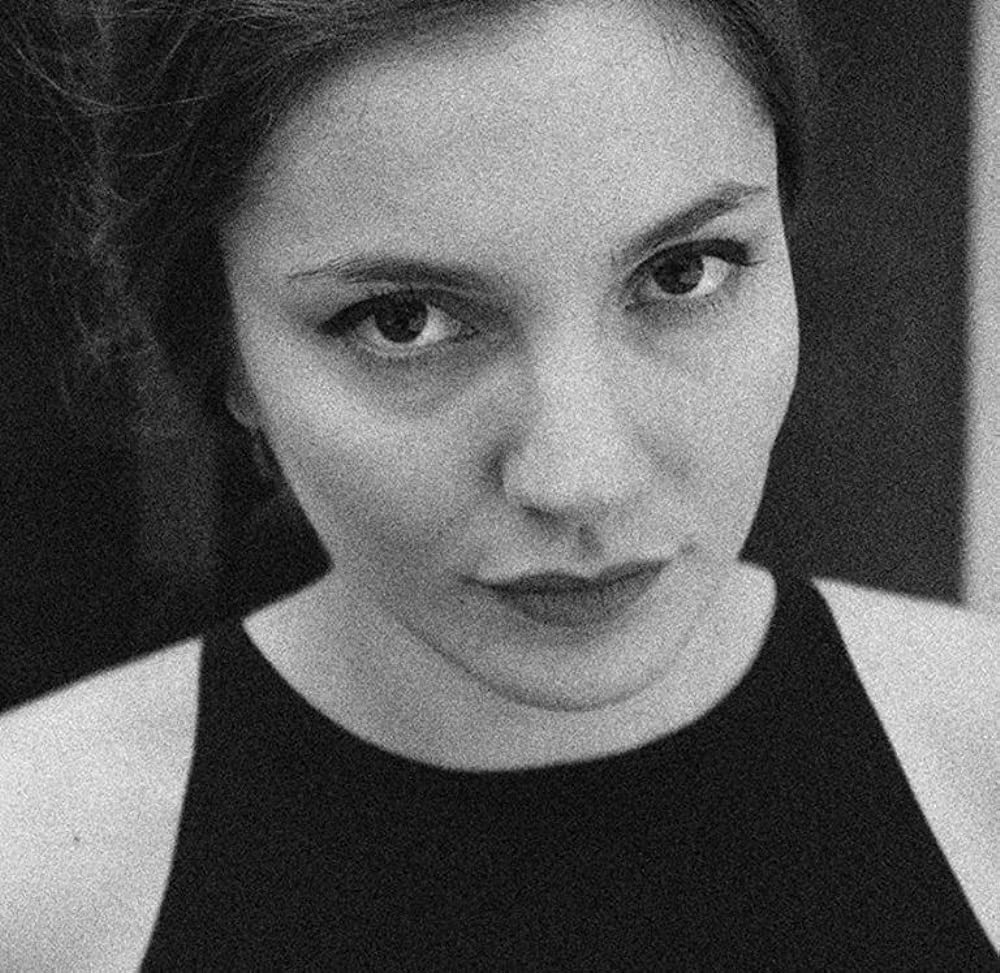
Lola Quivoron is a French Writer/Director who graduated from La Femis directing school in 2016. Her first project was a short film titled Au Loin Baltimore. The film played at many festivals including AFI Fest. In 2022, her feature debut Rodeo, premiered in the Un Certain Regard category at the Cannes Film Festival, taking home the Jury prize. The film stars Julie Ledru, a woman that Lola met and connected with deeply during a 7 year period of studying the dirt bike community in France. The film taps into a unique community and energy that will be difficult to find in the current cinematic landscape. It is definitely the type of film you want to see in a theater if you can to appreciate the awesome cinematography and sound design. The following interview was edited for length and clarity.
Hammer To Nail: This is such a specific story, so specific that it must come from someplace personal. Your short film Au Loin Baltimore, while a different story stylistically, centers around bikes. Why this story as your feature debut and why the bikes?
Lola Quivoron: I came up with the idea for these stories because I met a group of bikers in 2015 and since then I have not stopped exploring this subject. For 7 years I went to the road observing as a photographer and over time I became a member of the community. I did Au Loin Baltimore which functioned as a big key to enter deeper into the universe. When I was with them during a summer, I met a girl rider and she was the only one I saw on the road. It was so rare to see women on dirt bikes. There were women on the back of the bikes but rarely would they drive their own. When I met this girl I was really moved by her because she rode her bike in a very aggressive and brutal way.
She was creating her own lane inside this masculine universe. One day she disappeared. I met her maybe two times and then she disappeared. I don’t know why she did but, from there my imagination took over and while she was not there with me physically I could feel her there with me. Almost like a ghost. She was still there in my mind. I began to write the character of julia and then maybe 3 years before shooting the movie I met Julie Ledru who plays Julia. It was a miracle because reality suddenly met fiction. This character that I had imagined for a long time came to be and she was similar to me as a non binary, transfeminist woman. I did not want the film to be so theoretical and necessarily have a message. I was more focused on the physical energy of the situation. When I met Julie Ledru it was so easy to tap into this energy. What is it like to be a passionate woman and evolve in this community? Julie had experience with that so I picked her and adapted the role for her.
HTN: You said that you wrote the character of Julia but on IMDB pro it says that for the script you collaborated with Antonia Buresi, tell me about the screenwriting process for this film and how that collaboration worked?
LQ: She is my professional and love partner. We are a couple. She is an actress and plays Ophelie in the film, the wife of Domino. She jumped into the project because we were together and at this time I wrote quite a bit alone but I was struggling with a few things. So she jumped in and the last two versions she helped out a lot with. The character that she plays was inspired by her. We did a lot of work together on this film and shared a lot of ideas on it. We put a lot of ourselves in this film because we are both politically involved in many struggles and lesbians .
HTN: She was a great character.
LQ: She was a really important character for us because it is a male dominated universe and Ophelie offers a big hope to Julia. Through her she can see life differently. She allows Julia to let go of some anger that she has inside.
HTN: Yeah, I loved their dynamic and I love that moment when they hug. I thought that was really well executed. In your debut feature you are working mostly with untrained actors. This risk pays off as we get very gritty and realistic performances. How did the casting process work for this film.
LQ: It was very important for me to follow what I observed at the time. I wanted the film to be very connected to this space and energy that I explored for 7 years. Most of them came from the bike life universe. Some of them I met on the road like Junior who plays Manel. He is a very gifted and famous biker in the french bike life community. So I knew him before. I also knew Dave who plays abra. With Julie Ledru and the casting director we had a big discussion and got opinions from around 20 riders. This collective way of working helped me a lot. I’m not alone on this planet. Step by step we narrowed it down and after 5 weeks we found the main group of riders.
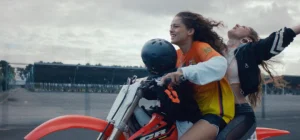
A still from RODEO
In real life they are nothing like their characters. They had to work a lot to meet their characters. We had a lot of rehearsals on body language and how it can show up in the film. We talked a lot about how to translate the mythology of the film. They did not read the script. It was really important for me to explain everything to them orally so they could understand the mythology better. When they finally met their character on camera it was easy for them to recreate the energy we had practiced. We found everything we needed before shooting the movie. I love to work with non professional actors because as a director, even though I do not like the term “director,” I prefer the term “guide,” It is a process in which I learn a lot about the people I meet. There is a lot of sharing.
HTN: It is definitely a risk that pays off. Although she smiles a couple times, for the most part, Julie’s performance is very cold, until Look at Me by XXXTentacion plays and she begins to release tons of energy. Talk about the execution of this moment and why this song.
LQ: I chose this song because I used to listen to this song a lot while I was writing. In terms of narrative, it was important that this girl will dance to a really brutal track by XXXTentacion. It is really misogynistic. I wanted to take this violence and transform it. Before the dance she had a lot of troubles with the group and it had been hard for her to acclimate so this was a physical letting go. Her dancing is saying that she will be herself and transform the violence. I found it beautiful to deal with that.
HTN: I love that moment and song so thank you. After such a personal debut, where do you go from here? Do you want to keep making these realistic fiction/dramas or do you see yourself indulging in other genres.
LQ: Maybe because it is social and happens in the real world people may have found the movie “realistic,” but, for me it is rather surrealistic. We follow these people’s actions without much psychology. I also do not think it is as socially conscious as people say. I am writing 3 movies right now. The main one is connected to my family background. It will be a mafia movie set during the 80s in west France.
HTN: Nice, I am looking forward to it. I would love to hear about the anatomy of these motorcycle sequences. These are not trained actors, but they are trained motorcyclists so I assume they are doing their own stunts. How are they shot? How are you collaborating with Raphael Vandenbussche to achieve these moments?
LQ: I met him when I was at school. He read the script and we discussed the film a lot. We connected, he is really like a brother now. I trust him a lot. He gave me the name of a stunt coordinator and he did all the choreography. He used to work a lot for American features when they were shot in France. He had big experience. With him, we created a safe space for the riders but also a space of freedom. Riders have a strong desire for freedom.
The reality is this was very dangerous, it was hard to find the right limits. It was wonderful to work with people who value trust so highly. For the stunt choreography we used two strategies. We could put a camera on the front of the bike and then with the DOP we were in a car and he could control the camera with a joystick. It gave these shots a smooth feeling. For the larger gatherings we had a buggy with a stunt driver inside. We were in a trailer next to the buggy and Raphael was able to experiment with a documentary style where I could point out cool things the riders were doing and he would quickly capture them. It was really noisy and windy because of the speed. The main rule was let’s adapt ourselves to them, not the contrary.
HTN: Thank you so much for taking the time to speak with me. It was really a privilege and I look forward to whatever you make in the future.
– Jack Schenker (@YUNGOCUPOTIS)
Lola Quiveron; Rodeo movie review

